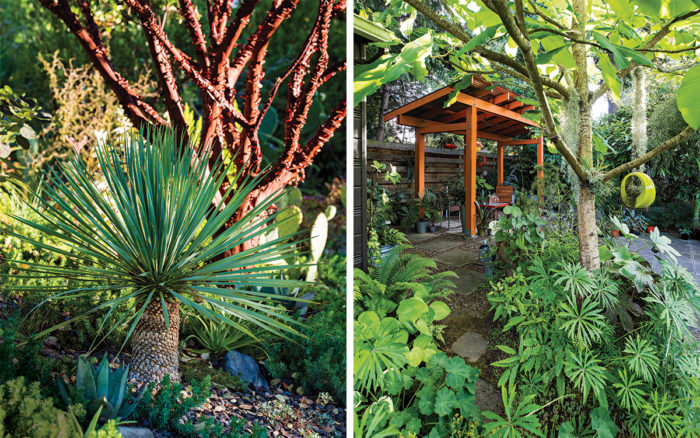
If I were to describe my garden as a collector’s garden, what would come to mind? Would you see an attractive, relaxing garden? Someplace you’d like to be? Or would you picture something like the classic grade school class photo where each kid is wearing their favorite outfit? Plaids, stripes, florals, primary colors, and pastels—there’s one of everything and no rhythm, no unity. Chaos rules.
I am determined to grow all the cool plants, the more unusual the better, which does make me a collector. But being a design junkie, I also want my garden to look good. Impossible, right? I think I’ve figured out a way to do it, and so can you.
Key Principles of the Space
|
Be sure there is all-season interest in the public eye
In my neighborhood, mine is “the house with all the plants,” so I try to make sure it’s the best possible version. The front garden is designed as an all-season space. A few things change throughout the year—shrubs that erupt in winter flower, bark that peels in the heat of summer—but plants in the front garden need to look good year-round. This means a lot of evergreens and plants with architectural interest. The back garden is where my obsession is allowed to run wild. It’s a little jungly, a bit overgrown, but it’s a private space so nobody has to approve—business in the front, party in the back. Cue the mullet jokes.
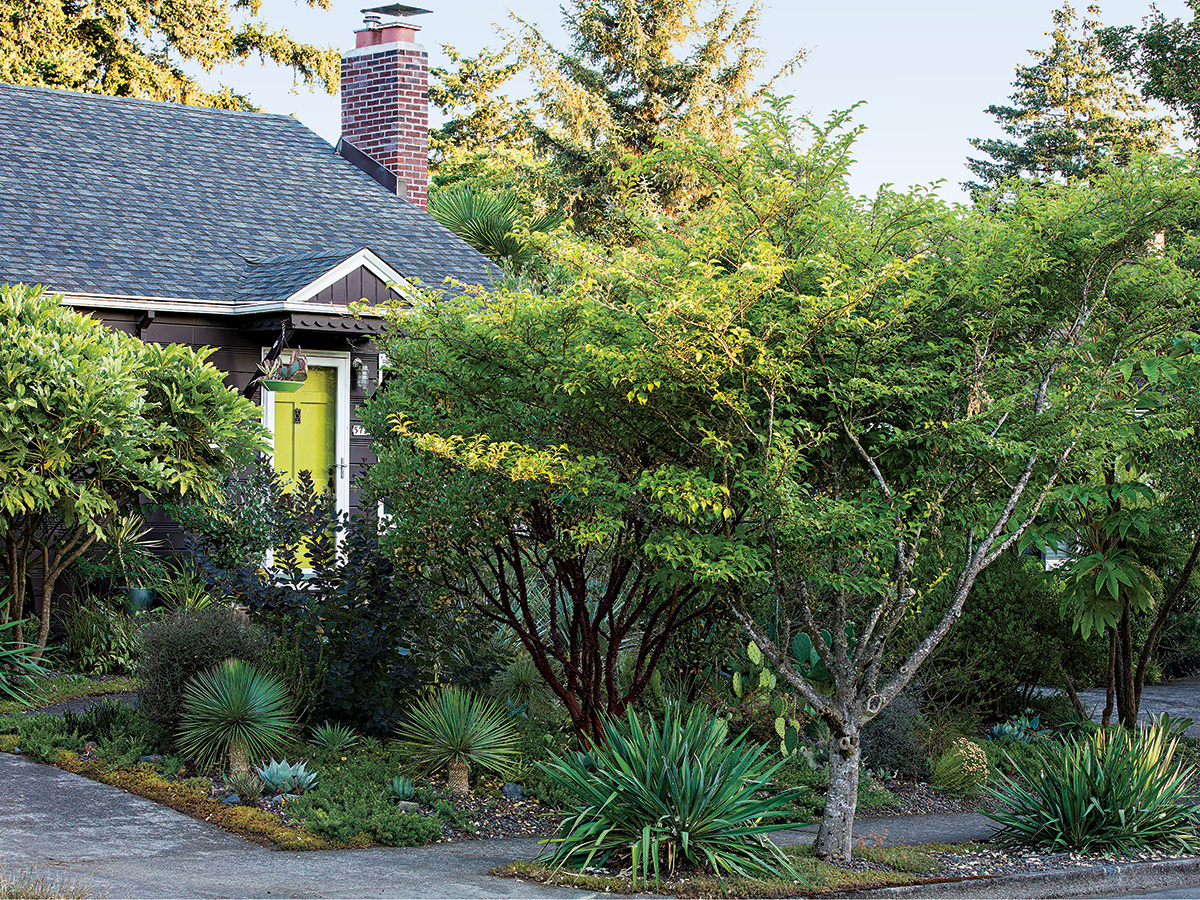
 |
 |
The structural plants I rely on in the front garden include the manzanitas ‘Austin Griffiths’ (Arctostaphylos × ‘Austin Griffiths’, Zones 7–10) and ‘Harmony’ (A. densiflora ‘Harmony’, Zones 7–10). Both have mahogany-colored bark that peels to reveal yellow-green wood underneath. Several trunking yuccas (Yucca rostrata, Zones 7–11) and a few different varieties of agave are unusual enough that people stop and stare in appreciation.
My hellstrip plantings are kept to a minimum. There’s a well-loved park at the end of the street; in soccer season that means small children wearing cleats and stomping on whatever grows between the sidewalk and their family’s car. I use yuccas here too, because they look good while standing up to the abuse and connect this area back to my garden.

To create a well-designed garden, experts recommend planting in multiples—sweeps and swaths of a single plant. The reverse, a garden made up of big-name stars and “one of a kind” plants, will never look cohesive—or so they say. My trick is to repeat a few key plants, such as upright myrtle spurge (Euphorbia rigida, Zones 7–10), golden Japanese forest grass (Hakonechloa macra ‘Aureola’, Zones 5–9), and ‘La Siberica’ bear grass tree (Nolina hibernica ‘La Siberica’, Zones 7b–10), throughout the garden. Your eye picks up a pattern, and then suddenly everything looks intentional. I chose these plants primarily because I like them and wanted more of them. Plus, they’re great team players but not superstars, so they are noticeable but not too noticeable.
This same concept of repetition works with shapes (low round mounds, arching vase-shaped spikes) or color (dark foliage, bright chartreuse). Then in between those repeated elements I go a little crazy with one-off collectibles. Sweeps and swaths are not needed.
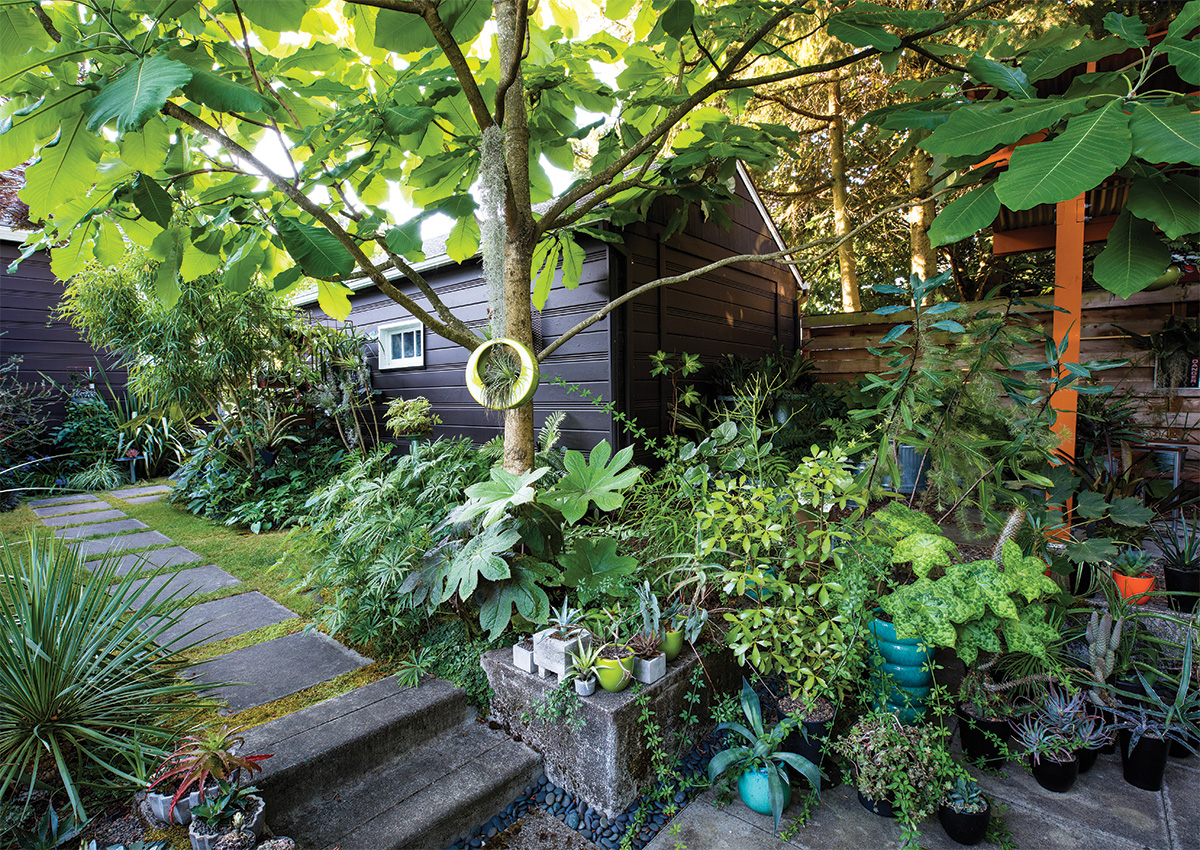
Planting a knitter, a plant that weaves throughout a bed, is equally important—as I learned by accident. A trio of low-growing ‘Molonglo’ grevillea (Grevillea juniperina ‘Molonglo’, Zones 8–10) followed me home from the nursery one day; it was the kind of impulse purchase that makes the gardening life interesting. I planted them in the front garden, and in a couple of seasons they had grown over, under, and around the surrounding plants. Suddenly my front garden didn’t look like a group of solo artists; the grevillea knit everything together. Even larger plants that weren’t touching looked like part of a community because the grevillea connected them all. Once this magic happened, I took it for granted. Then a bad winter killed the grevillea—all of them. Instead of looking like a cohesive planting, my garden looked like someone had strewn a collection of “things” across the landscape; there was no unity. I like my plants to touch, but suddenly they were all standing a respectful distance from each other, as though they were social distancing. I replanted with the much hardier ‘Blue Pacific’ shore juniper (Juniperus conferta ‘Blue Pacific’, Zones 6–9) as my knitter.
Consistency of materials allows for a variety of plants
Another lesson I’ve learned is how hardscape can control foliage mayhem by working as a frame around a photo. A strong border defines many of my planting beds. I use a consistent color palette of gray for the brick border, the large concrete pavers that make up the patio, and the retaining wall around it. Even the gravel mulch is a consistent size and color throughout the garden. These things provide calm and a little control, and they help keep the plants from taking over, at least visually.
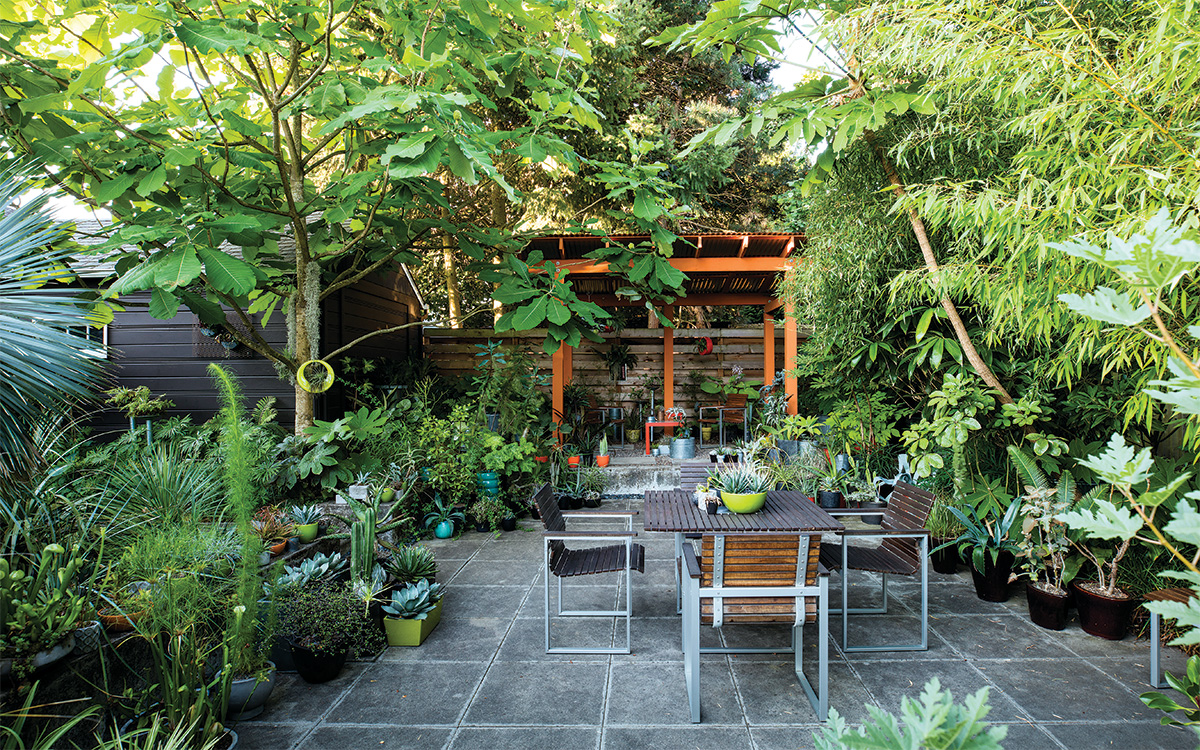
The same goes for containers. Anyone embracing their plant lust is bound to be a container gardener. It’s just too tempting to buy a new “must-have” when you know you don’t have to immediately find a place for it in the ground. The color palette of my containers is restricted to shades of chartreuse, orange, black, brown, or galvanized metal—with a few turquoise ones thrown in because I couldn’t resist. I group like colors so my eye isn’t bouncing around a lot of different shades. These pots add color to the garden, but not in a way that competes with the plants.
Speaking of those plants, because I have kept my design principles in mind, I will always have room for one more.
Loree’s favorite texture plants:
Best Plants to Add Texture to Your Garden
Loree Bohl is the author of Fearless Gardening: Be Bold, Break the Rules, and Grow What You Love. She gardens in Portland, Oregon.
Photos: Claire Takacs Photography


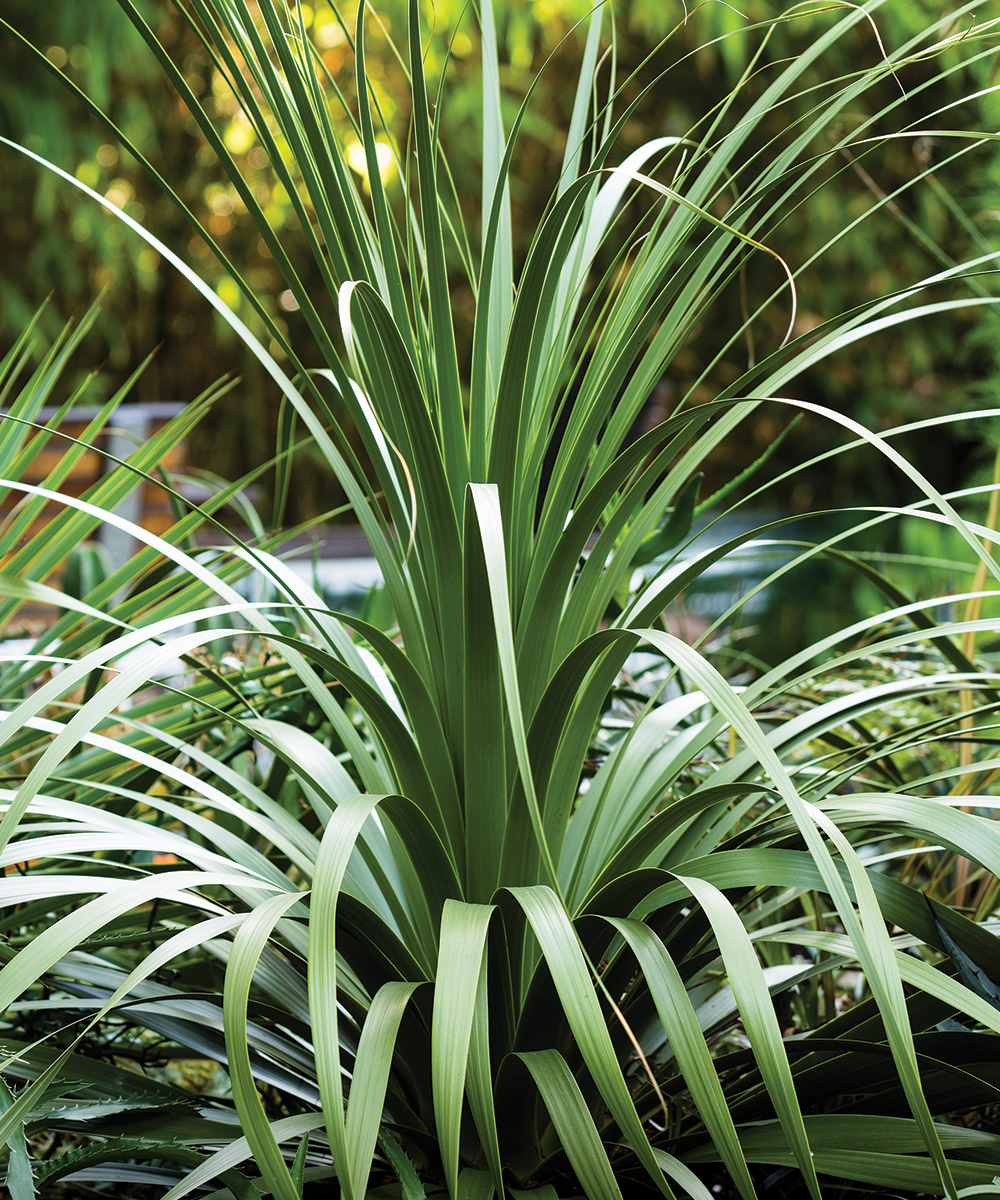



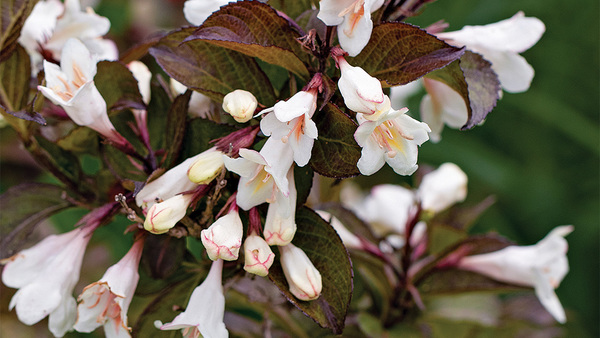














Comments
Log in or create an account to post a comment.
Sign up Log in